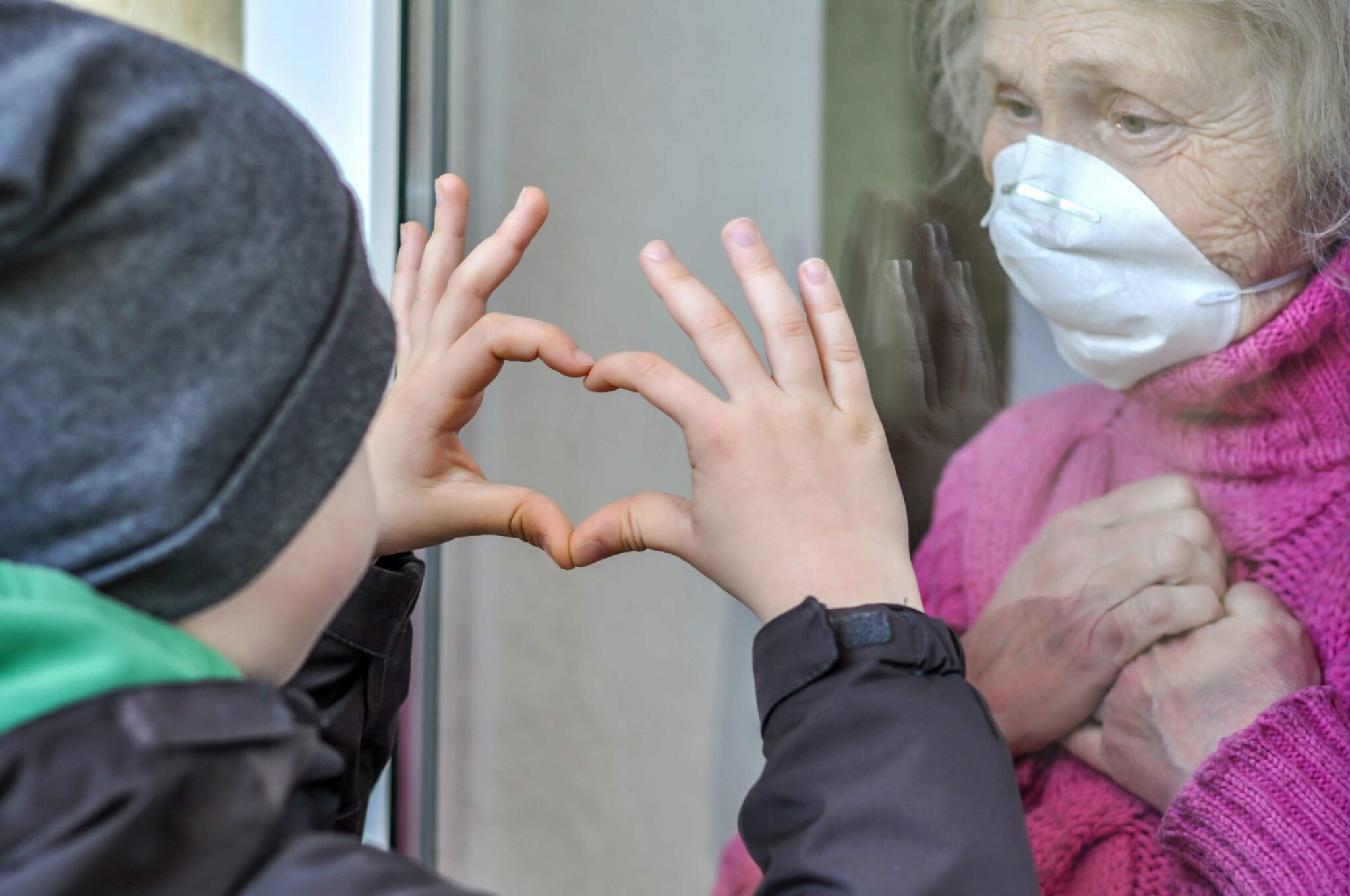What is Social Distancing


Prior to January 2020, it is likely that very few of us would have heard the phrase ‘social distancing’. Now, as many as 3 billion people globally not only know what social distancing is, but are being asked to implement it in their everyday lives.
These are unprecedented times. With COVID-19 infections continuing to rise, up to 70 countries and territories across the world are requesting that their citizens adopt some form of social distancing. Some are even implementing a complete mandatory lockdown, prohibiting any residents from leaving their homes. This includes India, which is about to embark on a 21 day total lockdown, affecting 1.3 billion people.
What does social distancing mean?
The World Health Organisation (WHO) says that socially distancing means maintaining a distance of at least 1 metre between people. This reduces the risk of breathing in infected respiratory droplets, which is considered to be the predominant way in which the virus spreads.
Through the implementation of social distancing techniques, governments and health authorities across the world are hoping that we can limit the kind of mixing that allows an infection to spread throughout a population.
Whilst the specific guidelines may vary between countries, the overall aim is essentially the same; limit social contact and avoid crowded places.
Some suggestions for how to socially distance are:
- Avoid contact with anyone displaying symptoms of COVID-19; particularly if they have a high fever or a cough.
- Avoid non-essential use of public transport.
- Work from home where possible.
- Avoid large and small gatherings in public places (bars, restaurants, leisure centres).
- Avoid gatherings with friends and family.
- Only visit a doctor or hospital in an emergency. Attempt to communicate via phone or online services first.
These are taken from guidelines given to UK citizens (gov.UK), but are relevant to all who are being asked to limit their social contact with others.
Who is most at risk?
In order for social distancing to work, i.e. for it to reduce the spread of infection, the vast majority of the population need to abide by it.
This might seem frustrating when reports suggest that even if we were to become infected, many of us would only experience mild symptoms. However, some people are at risk of serious illness. Successful social distancing can reduce the likelihood of those who are most vulnerable from falling ill and it can lessen the burden on health care systems around the world that might otherwise struggle to cope.
Some of the people most at risk of experiencing severe symptoms are:
- Those who are aged over 70.
- Those with chronic respiratory disease (asthma, chronic obstructive pulmonary disease, bronchitis).
- Those with chronic heart, liver or kidney disease.
- Those with a weakened immune system, such as patients undergoing chemotherapy.
- Those with diabetes.
- Those who are overweight (BMI >40).
- Possibly pregnant women, although the data on this is inconclusive to date.
If you fall into one or more of these categories it is particularly important for you to observe stringent social distancing.
Will social distancing eliminate COVID-19?
The WHO believes that social distancing is a way of buying time; time that can then be spent researching and finding ways to attack the virus.
Restricting the movement and social interaction of populations is the best option we have for keeping case numbers at a manageable level. The question of how sustainable this approach is remains to be answered; certainly, the emotional impact of protracted periods of self isolation needs to be considered. Fortunately, we live in a world that is technologically advanced with messaging apps and online video calls helping all of us to maintain contact with family and friends during these challenging times.
Nabta is reshaping women’s healthcare. We support women with their personal health journeys, from everyday wellbeing to the uniquely female experiences of fertility, pregnancy, and menopause.
Get in touch if you have any questions about this article or any aspect of women’s health. We’re here for you.
Sources:
- “Coronavirus Disease (COVID-19) Advice for the Public.” World Health Organization, World Health Organization, www.who.int/emergencies/diseases/novel-coronavirus-2019/advice-for-public.
- “Coronavirus, Social Distancing and Self-Quarantine.” Johns Hopkins Medicine, www.hopkinsmedicine.org/health/conditions-and-diseases/coronavirus/coronavirus-social-distancing-and-self-quarantine.
- “Guidance on Social Distancing for Everyone in the UK.” GOV.UK, www.gov.uk/government/publications/covid-19-guidance-on-social-distancing-and-for-vulnerable-people/guidance-on-social-distancing-for-everyone-in-the-uk-and-protecting-older-people-and-vulnerable-adults.










































